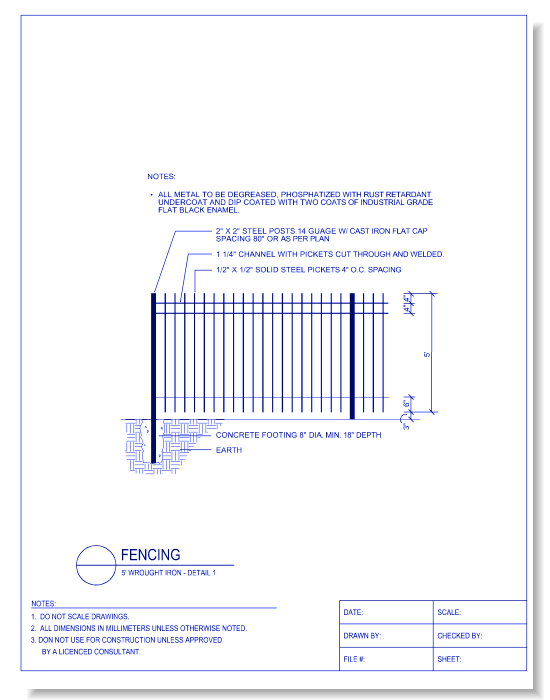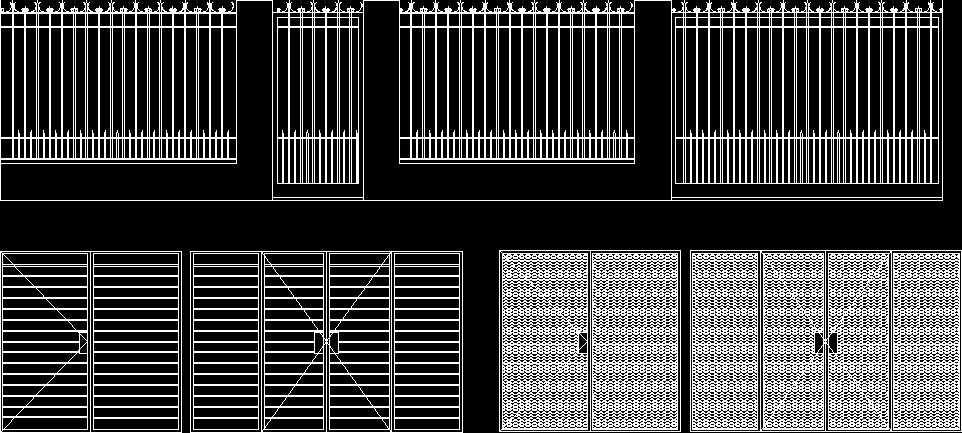

Example of hot dipped galvanized and powder coated exterior wrought iron railing.īenefits of galvanizing for fabricated architectural and ornamental metalwork.Cantilever gate with the attractive dull gray finish of hot-dipped galvanizing.Layers of paint are unable to reach the rust that spread out from the internal channel gap. Severe rust on an exterior wrought iron railing that was not galvanized.


There, it goes through a thorough, multi-step cleaning process before an operator uses a crane to dip the piece into a massive bath of molten zinc. The zinc coats the entire piece, including any interior surfaces such as tubes and channels, and hard-to-reach crevices created by ornamental accents. This durable zinc layer adheres to the metal and protects the steel, creating a superior resistance to corrosion. By protecting the steel from the elements, the chemical reaction that creates rust cannot occur. Our friends at the American Galvanizers Association have a collection of helpful resources if you want to dig into the details. What is galvanized steel?įirst things first, what does “galvanized” mean? We use “galvanized” to refer to hot dipped galvanized and it has been around for over 150 years. After fabrication is complete, a steel (wrought iron) railing, fence, or gate, is brought to a local galvanizer.

How do you prevent your wrought iron railing/gate/fence/flowerbox from rusting? We often get asked by fabricators and homeowners alike whether an architectural metalwork project should go through the galvanizing process to prevent rust. It does add upfront project cost, a logistical step that must be outsourced, and weight to the piece. So like most things, the answer is that “it depends.” In this article, we’ll review the benefits and considerations of galvanization, specifically hot dipped galvanization. Whether you are fabricating or making a purchase decision, it’s important to evaluate this all-important finishing option that can extend the longevity of your project.


 0 kommentar(er)
0 kommentar(er)
